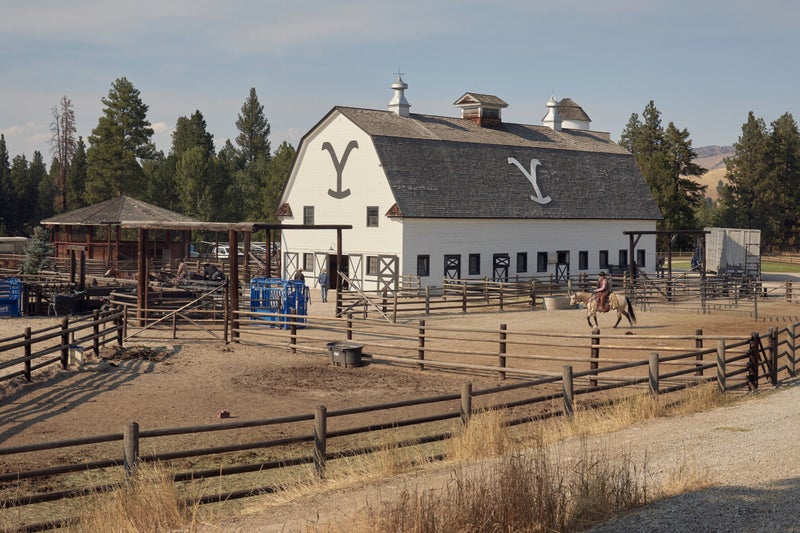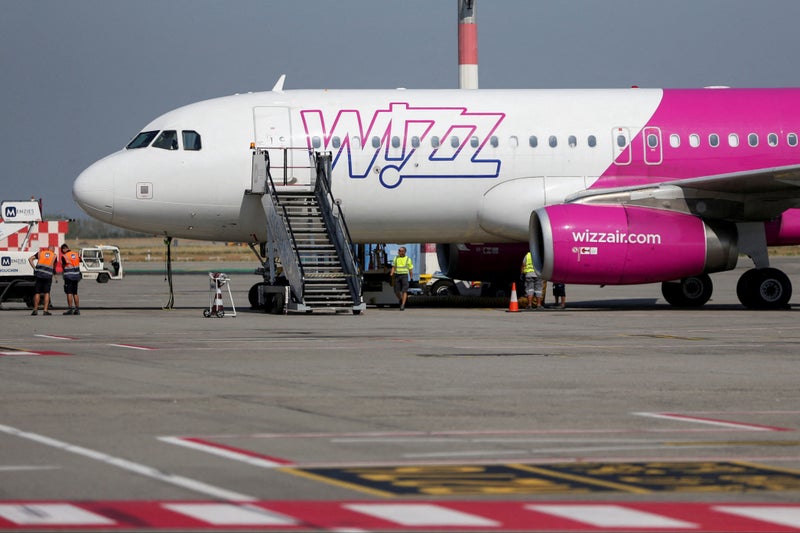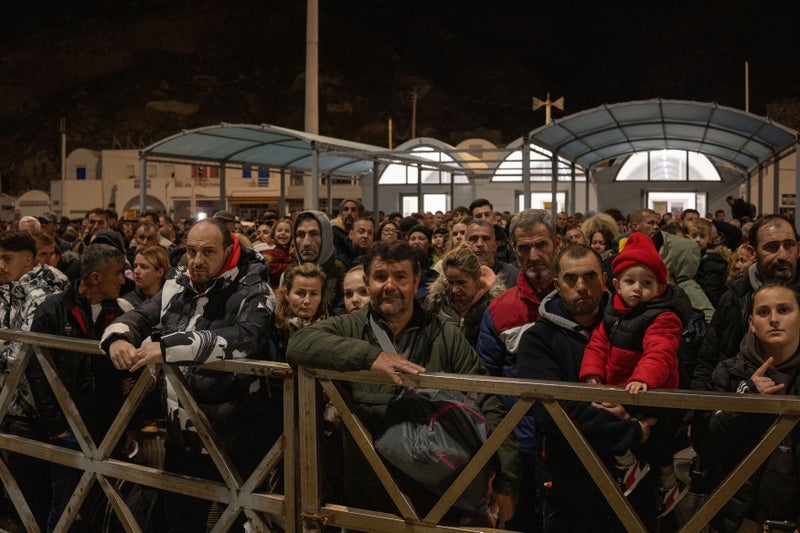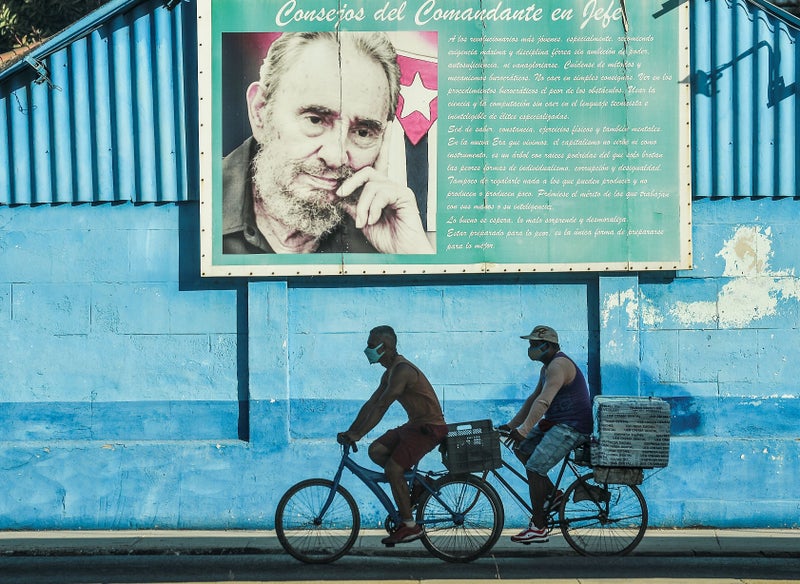People are getting larger, and planes are flying fuller. Aviation is a “one-size-fits-all” business, but passengers are increasing in girth. The proportion of plus-size people in the UK is rising. The NHS says that the percentage of obese people almost doubled in a quarter-century from 15 per cent in 1997 to 29 per cent in 2022. Older adults are even more likely to be obese: at least 35 per cent of people aged 55-74 are in this category.
Yet at the same time airlines are “densifying” aircraft cabins – with British Airways and other airlines squeezing 10 seats abreast into Boeing 777s, where previously there were nine. The proportion of empty seats is declining, too. In the olden days carriers were happy with 75 per cent occupancy; today low-cost airlines regularly fill their planes above 90 per cent. Read more: ‘It’s an endurance test’ – Jayde Adams on what it’s really like to be a plus-size traveller.
Plus-size travellers say they are being discriminated against. Conversely, adjacent passengers often feel that they are not able to enjoy the full width of their seat. How can overweight passengers be sensitively accommodated on increasingly crowded aircraft? Should they be given extra space as a result of their body shape? These are the key questions and answers. Each airline has a different policy, but the general attitude can be summed up as: “Weigh more? Pay more.”.
On long-haul flights with multiple cabins, anything better than basic economy will have a wider seat. Air France says its economy seats are 16-17 inches, “which corresponds to a waist circumference of approximately 53 inches maximum.”. Some premium economy and business seats are 18.5 inches, accommodating a waist of 59 inches. First and business class seats are 20-21 inches, allowing a waist measurement of 79 inches.
Every step up represents a large increase in cost. The best bet for Air France is to avail oneself of its economy-class offer. Passengers who won’t comfortably fit into a single seat can buy a second, adjacent seat at a 25 per cent discount – with the promise that if any unoccupied seats remain in that cabin, the cost of the second seat is refunded. Air France also says: “You may be denied boarding for security reasons if: you have not booked a second seat, the flight is full, and you are unable to sit in a single seat.”.
Virgin Atlantic urges passengers with a high body mass to book extra space, and stresses “you will not pay any passenger taxes, fees, charges or surcharges on the extra seat”. British Airways says: “Our customers have individual needs so we discuss options and provide guidance on a case-by-case basis.”. Ryanair sells two seats together. You use the actual passenger’s name for the first seat; for the second, make the first name “Extra“ and the second name ”Comfort Seat”. Make sure (obviously) you pre-pay for two seats together, then check in as normal and get two boarding passes, including one carrying the name “Extra Comfort Seat”.
Ryanair says: “When checking in online, the same travel document details will be added for you and your extra seat.”. Yes – but I see no prospect of airlines making allowances for plus-size passengers, just as their response for tall people is “buy extra legroom”. They have a right to use the full width of their seat. If they are unable to do so it is down to the cabin crew to try to find a solution.



















.jpg?auto=webp&width=800)











